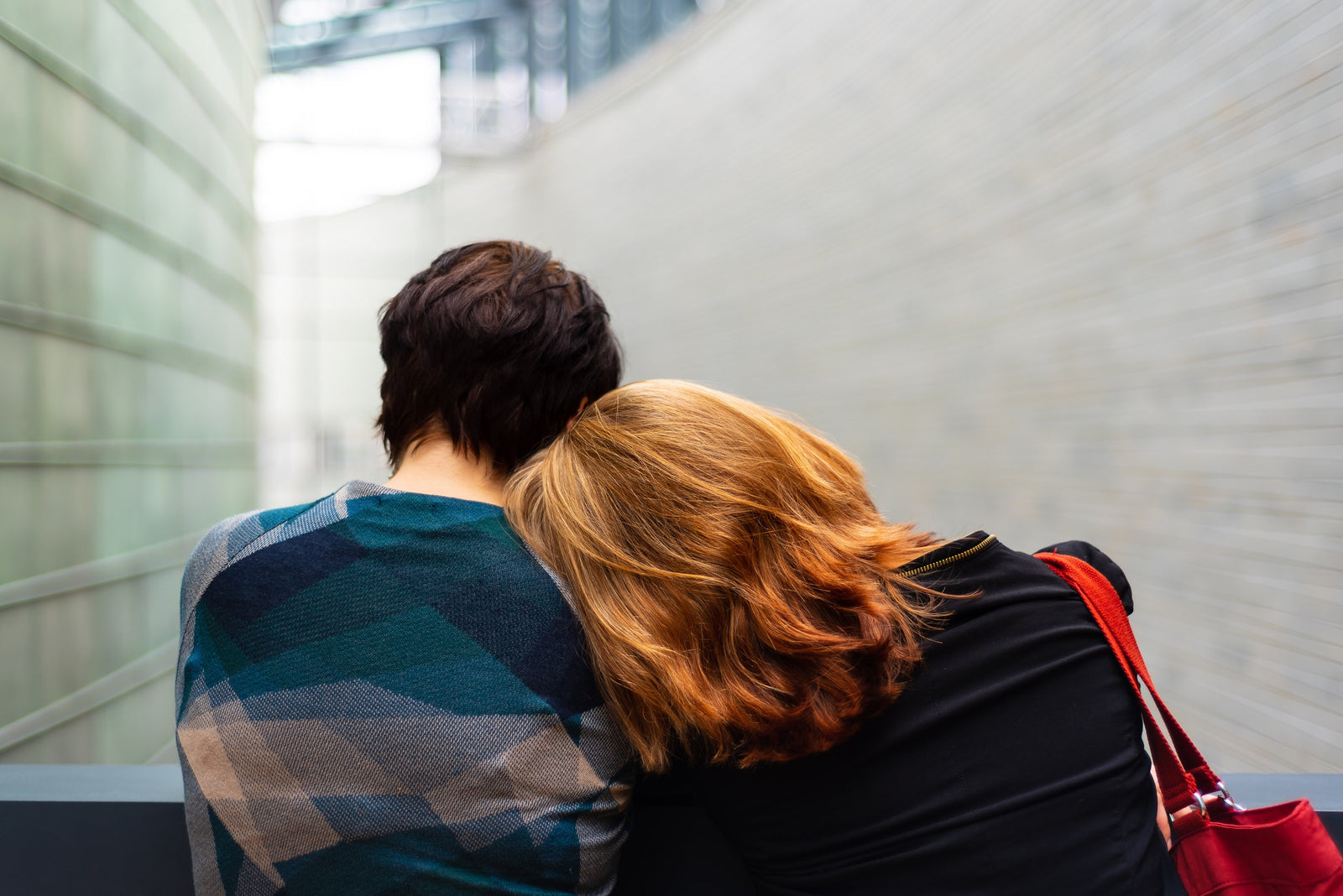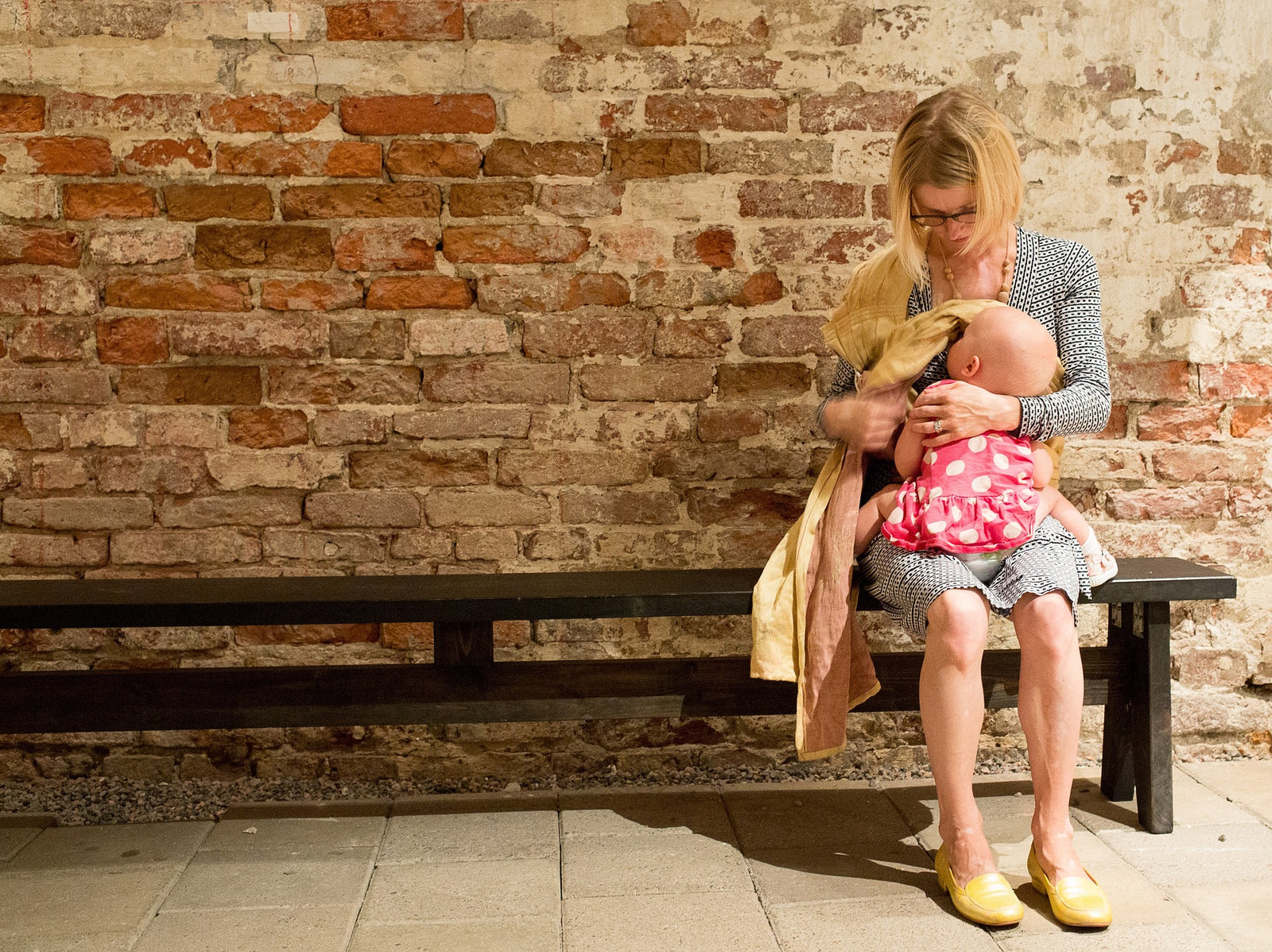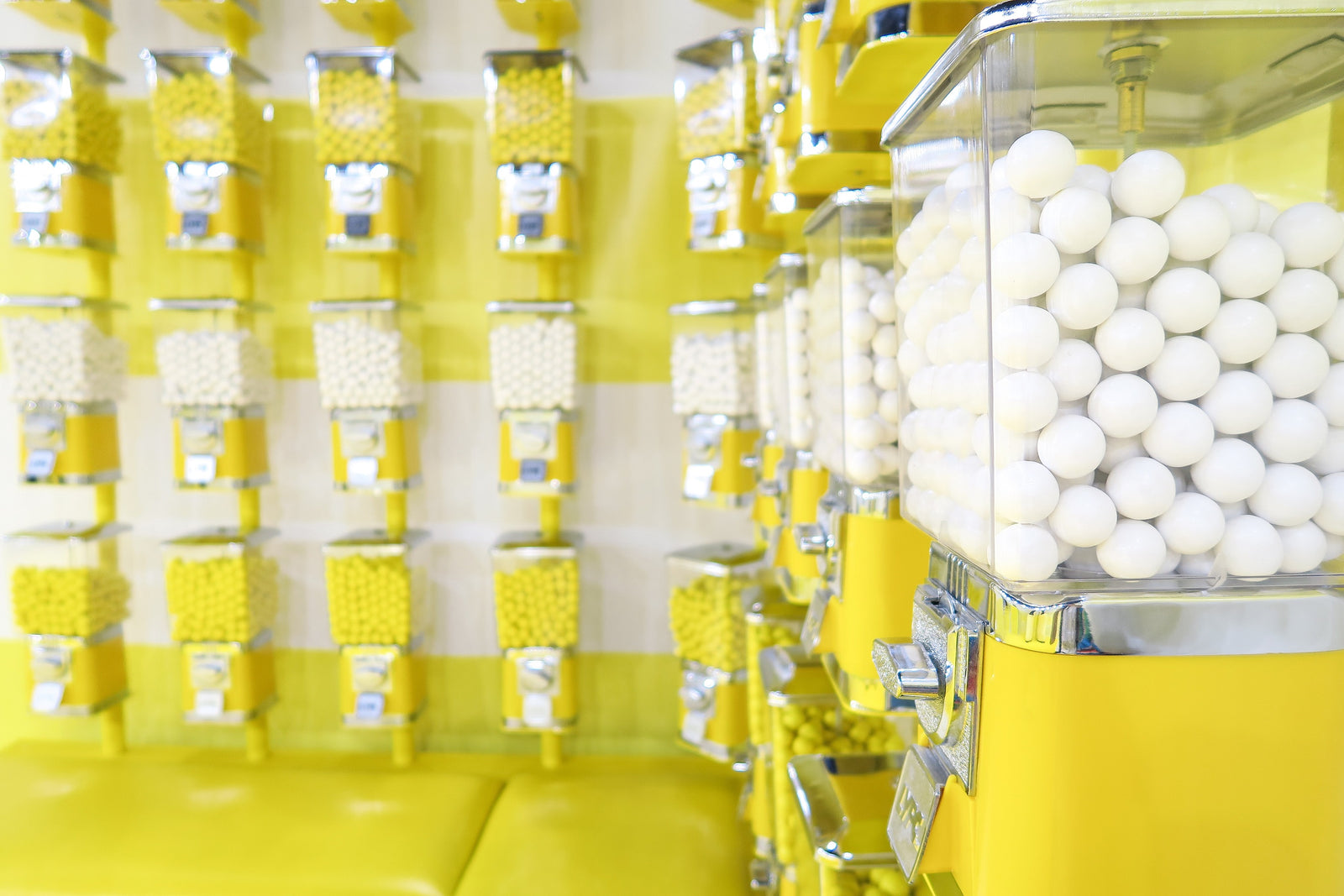🚚 FREE USA SHIPPING ON ORDERS OVER $30! INTERNATIONAL SHIPPING AVAILABLE.
🚚 FREE USA SHIPPING ON ORDERS OVER $30! INTERNATIONAL SHIPPING AVAILABLE.
How much caffeine is in a cup of coffee?
by Mark Miller 6 min read

This is about 8 ounces of drip coffee, the standard 1-cup serving. As such it probably contains about 145 to 163 mg of caffeine.
When people talk about having “a cup of coffee,” they don’t necessarily mean 8 ounces (236 milliliters). For example, many people go for the large size of coffee at McDonald’s restaurants and Starbucks, at 20 ounces (591 milliliters). Or at home, they may have a 12- to 16-ounce mug.
The amounts of caffeine in larger drinks are usually considerably greater than in smaller servings, if the type of coffee bean and method of preparation are uniform.
So when you read guides online that say an 8-ounce cup of drip java has about 163 mg of caffeine, you can more than double the amount of the stimulating chemical for a 20-ounce size.
Drip coffee is the kind that drips through a filter to produce that cup or mug of the elixir that so many people say they can’t start their day without.
Other types of coffee include percolated, espresso, Turkish or Greek brewing, and French press.
But drip coffee is the most common type in the United States, used in homes and many cafes, including McDonald’s, Starbucks and Dunkin Donuts, according to the website Caffeine Informer [1].
The amount of caffeine in each drink varies, and caffeine intake also varies by the amounts of coffee people drink. Some gung-ho caffeine fanatics might scoff at a dainty 8-ounce portion while guzzling a 20-ounce cup of extra dark.
This morning
there is no such thing
as too much!Join me… pic.twitter.com/aPKxFbnzCn
— Paul (@Loverdesart) February 8, 2016
How much caffeine is in coffee?
Caffeine Informer gives the following amounts of caffeine for various brewed 8-ounce cups of the invigorating beverage:
• Filter or drip variety varies from 115 to 175 milligrams, for an average of 145 mg.
• French press or plunger ranges from 80 to 135, for an average of 107.5 mg.
• Percolated coffee varies from 64 to 272 mg and has an average of about 200 mg.
• Boiled Greek or Turkish coffee ranges from 164 to 240 and has an average of about 200 mg.
These amounts vary based on how the type of coffees in the product and how they are blended, how much coffee grounds a person uses to make a pot or cup of coffee and, of course, the brewing technique.
Espresso, in a cup 1.5 to 2 ounces, contains about 100 mg of caffeine. Instant coffee has about 65 to 100 mg of caffeine per 7 ounces. Decaffeinated coffee still has caffeine, but in negligible amounts less than 10 mg to about 30 mg in a 20-ounce brew.
Caffeine Informer gives a list [2] of Starbucks beverages and their caffeine contents. We are reporting this not to favor Starbucks but rather to show how coffee beverages differ in their caffeine content.
For example, a Caffe Latte has about 75 mg of coffee in 12 ounces (355 ml), Latte Macchiato has about 150, and Caffe Mocha has about 95. Cappuccino and espresso from Starbucks have about 75 mg, as does its Caramel Macchiato.
According to the Center for Science in the Public Interest [3], a 20-ounce cup of Dunkin' Donuts with Espresso Shot has 398 mg of caffeine. Compare that to Starbucks Cafe Americano, 16 ounces, with 225 mg of caffeine.

Graphic by CSPI
Two main varieties of coffee beans
There are two main types of coffee beans in coffee you buy at the store or restaurant these days—Arabica and Robusta or Canephor. Both are grown in the many coffee-growing regions around the world. Arabica is in about 70 percent of coffee beverages, says Coffee.org [4]. And Arabica has less caffeine than Robusta, as a person might figure from the root word “robust,” which means strong.

The Arabica bean variety has more oils and is therefore is less acidic and bitter. The stronger Robusta beans are in many espressos and therefore, cappuccinos.
Coffee.org says Arabica is highly flavorful.
Robusta beans contain less oil and therefore taste more acidic and bitter. It is also a cheaper bean and is blended into coffees that you buy in the grocery store to save producers money. Robusta beans contain at least 50 percent more caffeine than Arabica.
Most Arabica coffee measures 1.1 to 1.4 percent caffeine during the first use or extraction. After the water is dripped, poured or pressed through the grounds, some caffeine remains in the grounds.
It can be hard to determine what type of beans are in some popular coffees. Folgers doesn’t list the type of beans in its Classic Roast, for example, but leaf.tv says the brand has a mix of Arabica and Robusta [5].
The proportion of Arabica to Robusta in various blends changes as the prices of the various beans fluctuate, so it can be difficult to determine exactly what type of coffee you are drinking.
That said, many gourmet coffees explicitly tell on their packaging what kind of beans they use.
Beans and caffeine percentages
Coffee Detective provides a list [6] of the various varieties of beans and what their percentage of caffeine is. One of the most popular coffees in North America, Colombian, has high amounts at 1.37 percent, the website says. Tanzania Peaberry coffee beans have even more, at 1.42 percent. By contrast, Mocha Mattari from Yemen has only 1.01 percent of caffeine.
Some of the Arabica coffee beans or grounds (unblended) and their percentage of caffeine, in ascending order, include:
Zimbabwe 1.10
Ethiopian Harrar-Moka 1.13
Mexico Pluma Altura 1.17
Java Estate Kuyumas 1.20
Brazil Bourbons 1.20
Celebes Kalossi 1.22
Jamaican Blue Mtn/Wallensford Estate 1.24
New Guinea 1.30
Sumatra Mandheling-Lintong 1.30
Guatemala Antigua 1.32
Kona Extra Prime 1.32
Panama Organic 1.34
Costa Rica Tarrazu 1.35
Kenya AA 1.36
Colombia Excelso 1.37
Colombia Supremo 1.37
Indian Mysore 1.37
Some blends and dark roasts and their caffeine content by percentage include:
Mocha-Java 1.17
French Roast 1.22
Vienna Roast 1.27
Espresso Roast 1.32
Colombia Supremo Dark 1.37%
Various other products contain caffeine, including tea, sodas and chocolate, but the main source of the caffeine that people ingest in the world is coffee.
How much caffeine in chocolate, tea, soda?
- Teas: The amount of caffeine in tea varies by type, whether black, green, how it's prepared, and of course the amount you drink. The Center for Science in the Public Interest gives the following chart:
Teas
Serving Size
Caffeine (mg)
Starbucks Chai Latte—iced or regular grande, 16 oz. 95 Starbucks Green Tea Latte—iced or regular grande, 16 oz. 80 KeVita Master Brew Kombucha 15.2 oz. 36-68 Honest Tea Organic Lemon Tea 16 oz. 63 Tazo Organic Iced Black Tea, bottled 13.8 oz. 46-60 Gold Peak Unsweetened Tea 18.5 oz. 47 Green tea, brewed 8 oz. 28-38 Snapple Lemon Tea 16 oz. 37 Lipton Lemon Iced Tea 16.9 oz. 21 Arizona Iced Tea, black 8 oz. 15 Arizona Iced Tea, green 8 oz. 7.5 Lipton Decaffeinated Tea, black, brewed 8 oz. <5 Herbal tea, brewed 8 oz. 0 - Soft drinks vary considerably too:
Soft Drinks
Serving Size
Caffeine (mg)
Pepsi Zero Sugar 20 oz. 115 Mountain Dew—diet or regular 20 oz. 91 Diet Coke 20 oz. 76 FDA official limit for cola and pepper soft drinks 12 oz. 71 Pepsi Zero Sugar 12 oz. 69 Surge 12 oz. 69 Pepsi 20 oz. 63 Mountain Zevia 12 oz. 55 Mountain Dew—diet or regular 12 oz. 54 Diet Coke 12 oz. 46 Coca-Cola, Coke Zero, or Diet Pepsi 16 oz. 45 Dr. Pepper—diet or regular 12 oz. 41 Pepsi 12 oz. 38 Coca-Cola, Coke Zero, or Diet Pepsi 12 oz. 34 Pepsi True 10 oz. 32 Sunkist Orange Soda—diet or regular 20 oz. 31 Coca-Cola Life 12 oz. 28 Dr. Pepper—diet or regular 8 oz. 28 Barq's Root beer, regular 12 oz. 22 7-Up, Fanta, Fresca, ginger ale or Sprite 12 oz. 0 Root beer, most brands—diet or regular 20 oz. 0 - And candy has varying amount of caffeine, some of it quite a bit if it is fortified with it:
Chocolate Candy & Chocolate Drinks
Serving Size
Caffeine (mg)
Crackheads Gourmet Chocolate Coffee Caffeine 1 box, 40 g 600 Crackheads Espresso Bean Candies 1 package, 28 pieces 200 Awake Caffeinated Chocolate Bar 1.5 oz. 100 Starbucks Hot Chocolate 16 oz. 25 Hershey's Milk Chocolate Kisses 9 pieces 10 Hershey's Milk Chocolate Bar 1.5 oz. 9 Hershey's Cocoa 1 Tbs. 8 Silk Chocolate Soymilk 8 oz. <5 Silk Dark Chocolate Almondmilk 8 oz. <5 Hershey's Chocolate Lowfat Milk 12 oz. 2
Viter Energy Mints [7] contain 40 mg of caffeine per mint, plus B vitamins, and the mintiness to freshen your breath.
And Viter Energy Mints [8] come in a variety of flavors including cinnamon, chocloate mint, wintergreen, and extra strength peppermint.
Energy drinks vary from 300 mg of caffeine per 16-ounce can of Bang to 50 mg per 12-ounce can of Starbucks Refresher.
Caffeine is safe
So is caffeine safe? Most probably, yes. Evidence is showing it may even be good for you.
The International Food Information Council Foundation has a fact sheet here (PDF 9) that states:
What constitutes a normal amount of caffeine depends on the individual. Caffeine sensitivity depends on many factors, including the frequency and amount of regular intake, body weight and physical condition. Numerous studies have shown that moderate amounts of caffeine—about 300 milligrams per day—are safe for most adults. Some individuals may be sensitive to caffeine and will feel effects at smaller doses than do individuals who are less sensitive.
However much coffee you drink of whatever type, the wit Jilly Cooper has wise advice: “Never drink black coffee at lunch; it will keep you awake all afternoon.”
Sources
[1] http://www.caffeineinformer.com/caffeine-content/coffee-brewed[2] http://www.caffeineinformer.com/the-complete-guide-to-starbucks-caffeine
[3] https://cspinet.org/eating-healthy/ingredients-of-concern/caffeine-chart
[4] http://www.coffee.org/types-of-coffee-beans
[5] https://www.leaf.tv/articles/ingredients-of-folgers-classic-roast-coffee/
[6] http://www.coffeedetective.com/caffeine-in-coffee.html
[7] https://www.goviter.com/collections/viter-energy-mints
[8] https://amzn.to/3jb7Gwg
[9] http://www.foodinsight.org/Content/76/Caffeine-and-Health-formatted.pdf
Also in Viter Energy Blog

Can caffeine help with ED?
by Mark Miller 3 min read
Erectile dysfunction. In combination, those are two of the ugliest words known to man. But can caffeine help you get it up?
Science hasn't found the definitive answer to this question, but one study concluded that fewer men who consume caffeine have problems performing. The study said:
Caffeine intake reduced the odds of prevalent ED, especially an intake equivalent to approximately 2-3 daily cups of coffee (170-375 mg/day). This reduction was also observed among overweight/obese and hypertensive, but not among diabetic men. Yet, these associations are warranted to be investigated in prospective studies

Caffeine while breastfeeding? Go ahead, it's OK
by Mark Miller 4 min read
Many breastfeeding mothers wonder if it's OK to take caffeine. In fact, many nursing mothers just avoid caffeine in case it would keep their babies fussy, jittery and awake.
The answer is yes, you can take caffeine while breastfeeding, as long as you don't go over about 300 mg a day.
It's an important question because caffeine is in so many products, and taking coffee, tea, or soda is such a common ritual.
And breastfeeding mothers may be tempted to take caffeinated products because they are deprived of sleep by their newborns' odd sleep schedule.

The surprising benefits of chewing gum
by Mark Miller 5 min read
You might think gum chewing is an activity with little or no benefits besides the pleasure and flavor, but think again. Chewing gum has several benefits.
In addition to freshening your breath, sugar-free gum can help prevent cavities and contribute to overall oral health. But that's just the beginning.

